
The scientists from the National Eye Institute have studied the syndrome of myopia rather carefully to provide the world with the proper definition, causes, risk factors, diagnosis, and treatment of this health issue. It is best characterized by the enlarging eyeball, which turns extra-long from front to back. The person falls under the risk of retinal detachment. Some other problems with eyes may take place. One of them is glaucoma.
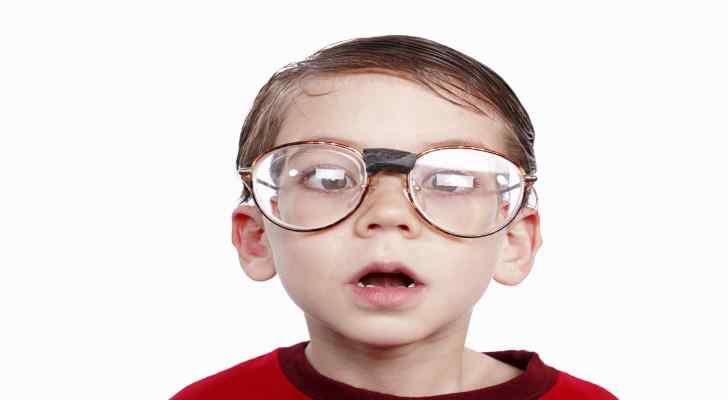
Another issue is cataracts. Unfortunately, this problem is relevant for more than 30% of the US citizens. It does not matter what the age of the patient is as every person has equal risks of facing myopia sooner or later. It means the individual gets nearsighted. However, school-aged kids are the first citizens to be diagnosed with this disorder. In the adolescents, the problem usually progresses due to the increased amount of time spent in front of the monitors and TV screens. There is nothing to worry about in most cases as myopia stabilizes in adulthood.
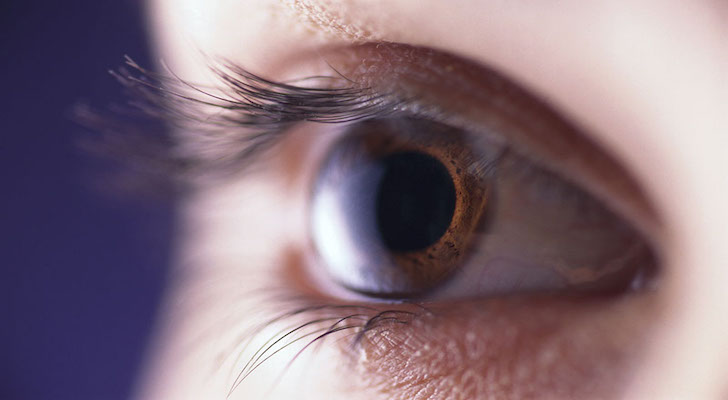
Several things may cause this problem with eyes and vision. If the eyeball gets too long, myopia takes place. It becomes more difficult to focus on things. The light rays concentrate at a point in front of the retina instead of the surface. So, the cornea and lens are the two basic reasons for this health condition to appear. In particular cases, it is a mix of all factors.
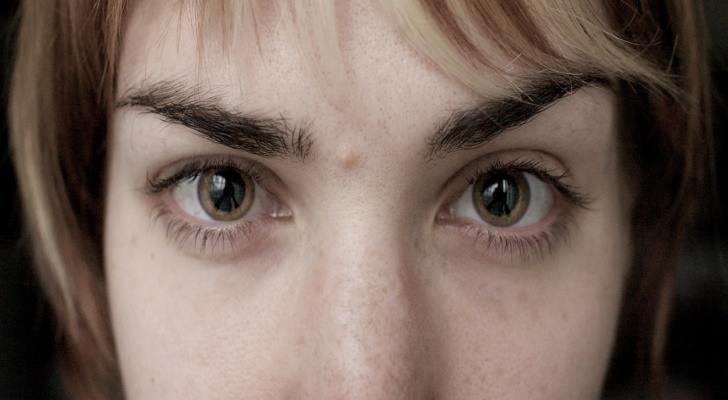
Most often, the problem starts at the childish age and progresses until the person becomes a teen. As the patient gets older, this health condition most often disappears or at least minimize. The higher risks are associated with the medical history of the parents. A child whose parent is nearsighted is more likely to face the same issue. Only in rare cases, this phenomenon will go on developing over time.

The signs and symptoms of myopia are recognizable. The most typical symptom is blurred vision. It feels like staring into the foggy nowhere when looking somewhere far. Try to look at the horizon to detect this sign of myopia. Kids often complain of hardly seeing a word on the blackboard at school. It means it is difficult for them to read at far distances. The condition may even be dangerous as the younger drivers often do not notice the road signs, so it frequently leads to the car crashes.

Among the rest of the symptoms, the person may notice a mild or more serious headache. The eyes start hurting by the end of the day. That is why a person feels over exhausted and extremely sleepy. Squinting is another symptom such patient may experience. The doctor will most probably prescribe glasses or contacts to improve the situation. It is important to watch eye hygiene! On the whole, a feeling of fatigue should leave in 7 days or 14 days depending on the individual treatment and complexity. It is important to change both contacts and glasses from time to time.
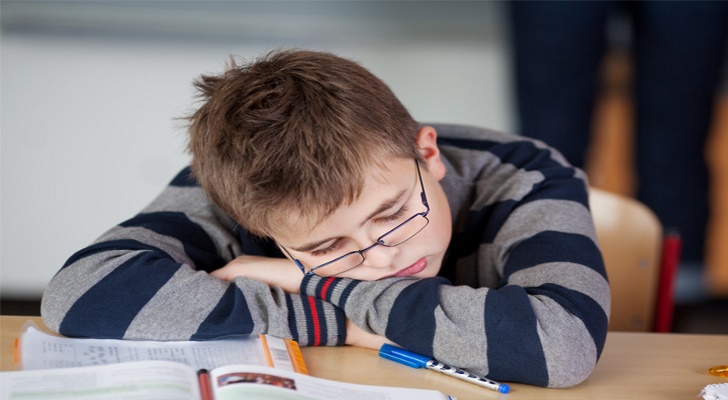
What are the possible risk factors for this disorder? The same institute mentioned above discovered several most common risk factors. In most cases, a child of 8-12 is under threat. It happens as the organs of vision modify during these 5 years as well as some other body organs. As for the grown-ups, mostly patients diagnosed with diabetes face myopia.

One more threat is a visual stress. It will have some consequences anyway. Doing work that requires an extensive focus like exploring the small visual details may sooner or later lead to myopia. It can be, for instance, reading or writing. People who use the computer too much may experience this health condition. Another way to obtain nearsightedness is through the inheriting it from one of the parents or both of them. The genes matter almost in any situation!

How do doctors tend to diagnose myopia? Usually, a healthcare expert will take a standard vision examination. He or she will ask the series of questions. A patient will have to have a look at the board and read the letter ranged from the largest to the smallest ones sitting on the opposite side of the premise.
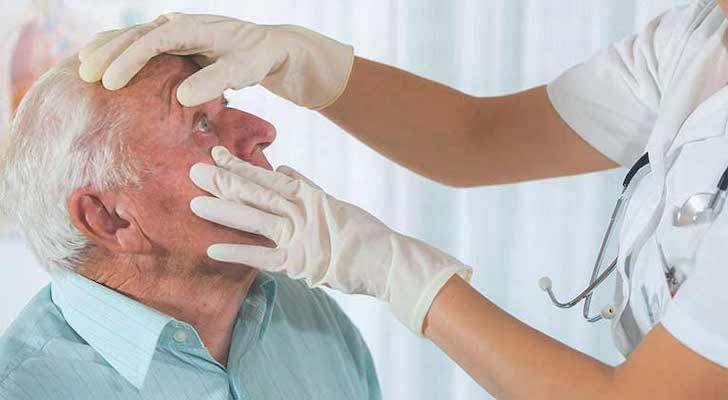
As the American Academy of Ophthalmology reports, this is the most effective way to detect the nearsightedness as well as its level and intensity. After that, the healthcare provider uses various test instruments to define the causes of the decreased eye vision. One of such tools is a retinoscope, which helps to analyze how the light refracts off the retina. It is critical to evaluate the number of refractive mistake in place. To do so, doctors use a phoropter. It assists in understanding what should be fixed.
 What are some of the effective methods to protect the eyesight? Unfortunately, the person cannot avoid the symptom is it is meant to be. Several studies offer some ways to minimize or slow down the progress of myopia. It is important to test the eye vision frequently. The person should wear corresponding glasses or corrective lenses following all the hygiene norms. It is critical to put on only ultraviolet glasses to protect the eyes from radiation.
What are some of the effective methods to protect the eyesight? Unfortunately, the person cannot avoid the symptom is it is meant to be. Several studies offer some ways to minimize or slow down the progress of myopia. It is important to test the eye vision frequently. The person should wear corresponding glasses or corrective lenses following all the hygiene norms. It is critical to put on only ultraviolet glasses to protect the eyes from radiation.

Apply defensive tools when contacting toxic chemicals or other dangerous elements. Research shows that taking regular breaks during intensive visual work may help reduce eye strain. Proper screen settings can lessen discomfort from prolonged computer use. Managing chronic health conditions (such as diabetes or high blood pressure) and maintaining a balanced diet rich in fruits, vegetables, and Omega-3 fatty acids are associated with better eye health. Smoking is linked to increased risk of vision problems, according to studies.
Learn more about myopia at National Eye Institute.


